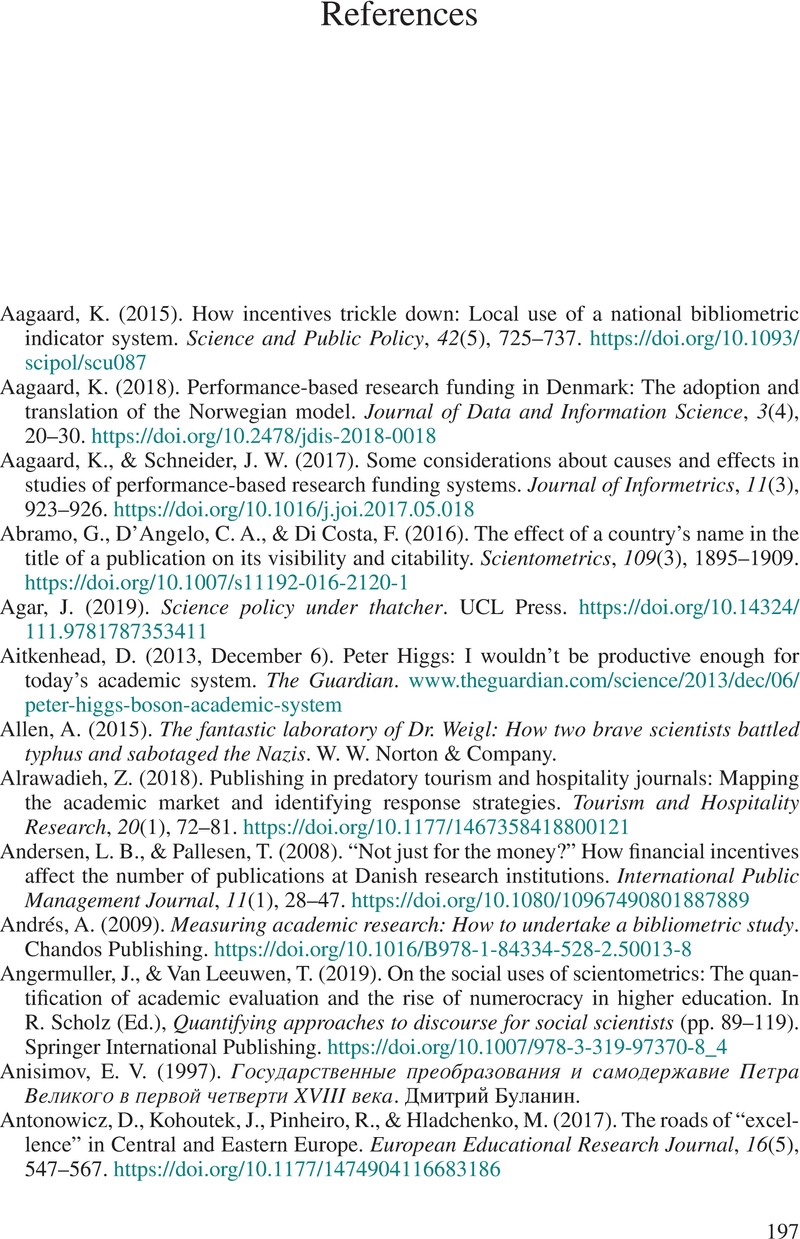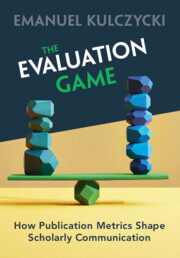Book contents
- The Evaluation Game
- The Evaluation Game
- Copyright page
- Contents
- Acknowledgments
- Introduction
- 1 Evaluation as Power
- 2 Economization and Metricization
- 3 Untold Histories of Research Evaluation
- 4 The Diversity of Evaluative Powers
- 5 Players and the Stakes
- 6 Playing the Evaluation Game
- Conclusions
- References
- Index
- References
References
Published online by Cambridge University Press: 21 April 2023
- The Evaluation Game
- The Evaluation Game
- Copyright page
- Contents
- Acknowledgments
- Introduction
- 1 Evaluation as Power
- 2 Economization and Metricization
- 3 Untold Histories of Research Evaluation
- 4 The Diversity of Evaluative Powers
- 5 Players and the Stakes
- 6 Playing the Evaluation Game
- Conclusions
- References
- Index
- References
Summary

- Type
- Chapter
- Information
- The Evaluation GameHow Publication Metrics Shape Scholarly Communication, pp. 197 - 220Publisher: Cambridge University PressPrint publication year: 2023



